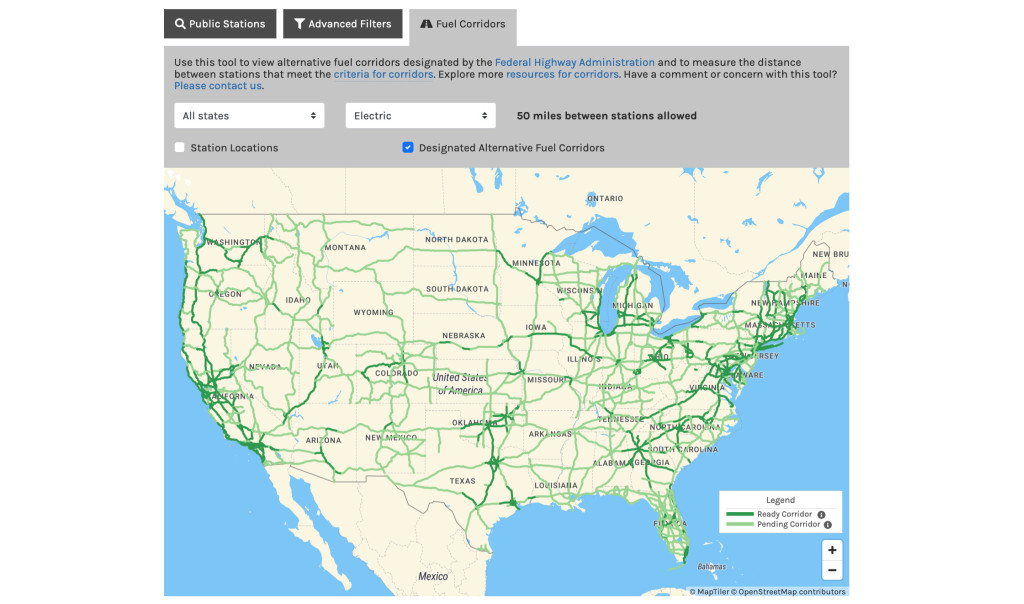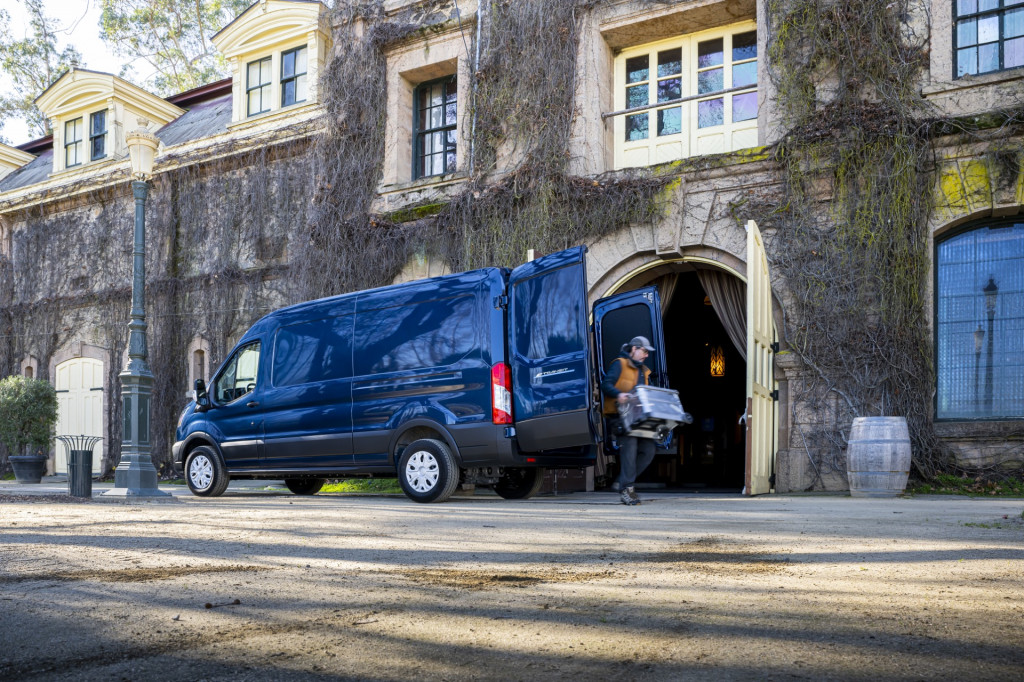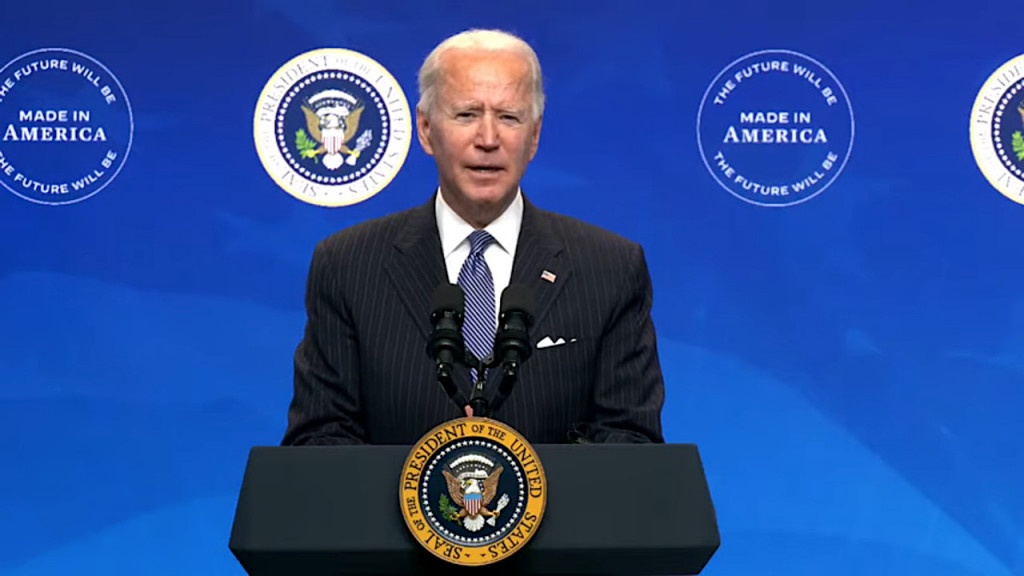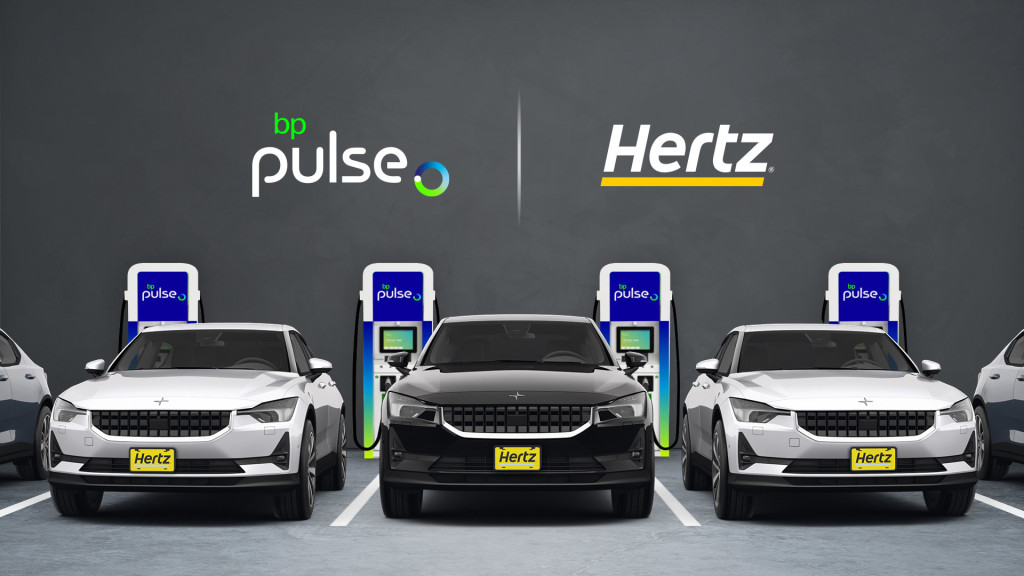The Biden administration on Thursday confirmed plans to update its charging station locator tool, and provided updated numbers on EVs and chargers being deployed by federal agencies.
The tool is part of the Alternative Fueling Station Locator, kept up by the Department of Energy. It will soon include the charging cost and charging speed, or power output—at the port level—for each publicly accessible charger, the White House said in a release.

Alternative Fuels Corridors for EVs - DOE Alternative Fuels Data Center, Nov. 2022
That should be useful not just to EV owners who use the tool but to those who use more specialized or sophisticated tools and apps that use the Alternative Fuel Stations API (application programming interface) as a building block. The interface already has its own official Apple iOS and Android apps.
It’s likely also an extension of the data the federal government will need to keep tabs on as part of federal EV charging network rules outlined in February. For a portion of the $5 billion funding set aside for the charging network, states have submitted charging plans as part of the National Electric Vehicle Infrastructure (NEVI) Program.

2022 Ford E-Transit
Additionally, the White House provided updates on the shift to EVs for federal agencies. Just in fiscal year 2023, which runs through September 30, federal agencies have already acquired 13,000 fully electric vehicles or plug-in hybrids—about four times the fiscal year 2022 total. Part of those are the Ford E-Transit vans to be acquired by the USPS, although the USPS doesn't acquire its vehicles with other federal agencies.
Under a goal announced in 2021 and the administration’s Federal Sustainability Plan, agencies must acquire 100% light-duty EVs by 2027, then 100% medium- and heavy-duty EVs by 2035.

Biden aims to make federal fleet all-electric
The administration also provided an update on charging stations deployed by federal facilities. By the next fiscal year, federal agencies have committed to deploy 24,000 more charging stations—in addition to today’s total of more than 5,000 stations at federal facilities.
It’s unclear what proportion of these are included in the totals for publicly accessible chargers.
According to the White House there are now more than three million EVs on the road in the U.S., with more than 132,000 publically accessible EV chargers in the nation.

Hertz and BP Pulse partner for EVs and charging
The White House also spotlighted a wide range of recent EV investments in the public and private sectors, including First Student’s plan to transition 30,000 fossil-fuel-powered school buses to electric by 2035. Trane Technologies plans to transition its entire 8,000-vehicle fleet to EVs by 2030, and Siemens plans to make its 10,000-vehicle fleet all-EV by 2030. Hertz plans to greatly expand its EV rentals and fleet as well.













